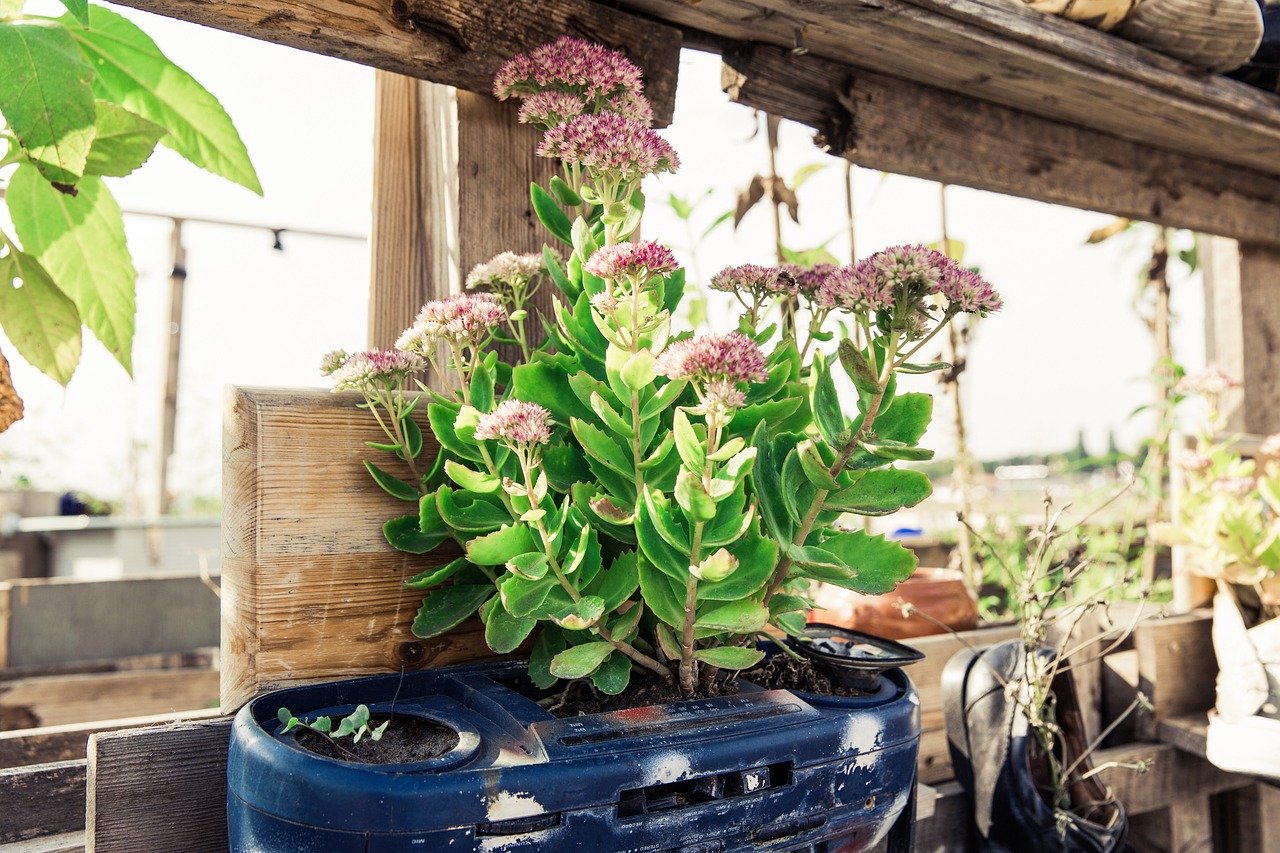- Lotus: How to Plant, Grow and Care for Lotus - 3 November 2023
- Zinnia: How to Plant, Grow and Care for Zinnia - 3 November 2023
- Coreopsis: How to Plant, Grow and Care for Coreopsis - 3 November 2023
Right where we live, among the city’s tall buildings and busy streets, something amazing is happening. People are starting to bring more greenery into their lives, changing the way our everyday surroundings look and feel. Urban gardening is popping up everywhere because we all know deep down, we need more green in our lives for our well-being, to feel connected to nature, and to live more sustainably. Especially now, with everyone so close together but feeling far from nature, adding plants to our spaces is like inviting a breath of fresh air into our daily grind.
Getting Started with Your Urban Garden
Embarking on your urban gardening journey requires some planning. Here are a few tips for starting:
- Assess Your Space: Look at the space you have available — a balcony, patio, windowsill, or communal rooftop — and see how much sun it gets. This assessment will determine what you can grow.
- Choose Your Plants Wisely: Opt for plants that are suited for container living and consider your climate. Herbs, leafy greens, and various vegetables like tomatoes and peppers do well in urban gardens.
- Invest in Quality Soil and Containers: Good drainage and nutrient-rich soil ensure your plants have a healthy environment. Make sure your containers are suitable for the size and amount of the plants you choose.
- Regular Maintenance: Set up a routine for watering, pruning, and harvesting. Healthy plants are more resistant to pests and diseases.
Choosing Plants for your Urban garden
Urban gardening, with its unique constraints of space, light, and movement, requires plants that can thrive under these conditions. Here are some plants that are well-suited for an urban environment:
- Herbs: Easy to grow and great for beginners. Examples include basil, mint, rosemary, thyme, and parsley. They don’t require much space and can be grown on windowsills or balconies.
- Leafy Greens: These are resilient and fast-growing. Spinach, kale, and varieties of lettuce can do well in container gardens and don’t need a lot of sun.
- Tomatoes: With adequate sunlight, tomatoes can thrive in urban settings. Smaller varieties, like cherry or grape tomatoes, are especially suited for hanging baskets or containers.
- Peppers: Both sweet and hot peppers can do well in pots, provided they get enough sunlight and warmth.
- Radishes: These are hardy, fast-growing vegetables that don’t need deep soil to thrive, making them ideal for small, shallow containers.
- Green Onions/Chives: They require minimal space and can be continually harvested by cutting the green tops.
- Strawberries: These fruits are suitable for urban gardens as they can be grown in hanging baskets or containers to save space.
- Flowers: For aesthetics or pollination needs, flowers like marigolds, pansies, and zinnias add color to your urban garden and attract beneficial insects.
- Succulents: If you’re limited on space and sunlight, succulents are a great choice. They are hardy, require minimal water, and can survive in harsh urban environments.
- Dwarf fruit trees: Varieties of dwarf apples, citrus, or pears can be grown in larger containers. They need a bit more care and sunlight but can provide fresh fruit in the right conditions.
When choosing plants, consider your local climate, the light availability, and the space constraints of your urban garden. Also, consider growing plants vertically or using hanging planters to make the most of limited space.
FAQs or Reader’s Questions:
- What can I grow on a shady balcony or window?
- Not all plants require full sunlight. Leafy greens (like spinach and kale), herbs (such as mint and parsley), and some flowering plants (like impatiens or begonias) can thrive in partial to full shade.
- How often should I water my urban garden?
- This depends on the plants, weather, and pot size. Generally, container plants need more frequent watering because they dry out faster than ground soil, especially in hot weather. It’s essential to keep the soil moist but not waterlogged. Check the soil regularly, and consider self-watering containers for convenience.
- What are some solutions for dealing with limited lighting
- If your space doesn’t receive much natural light, you can supplement with grow lights. Choose plants that require low light, and use reflective surfaces to enhance the light that is available.

